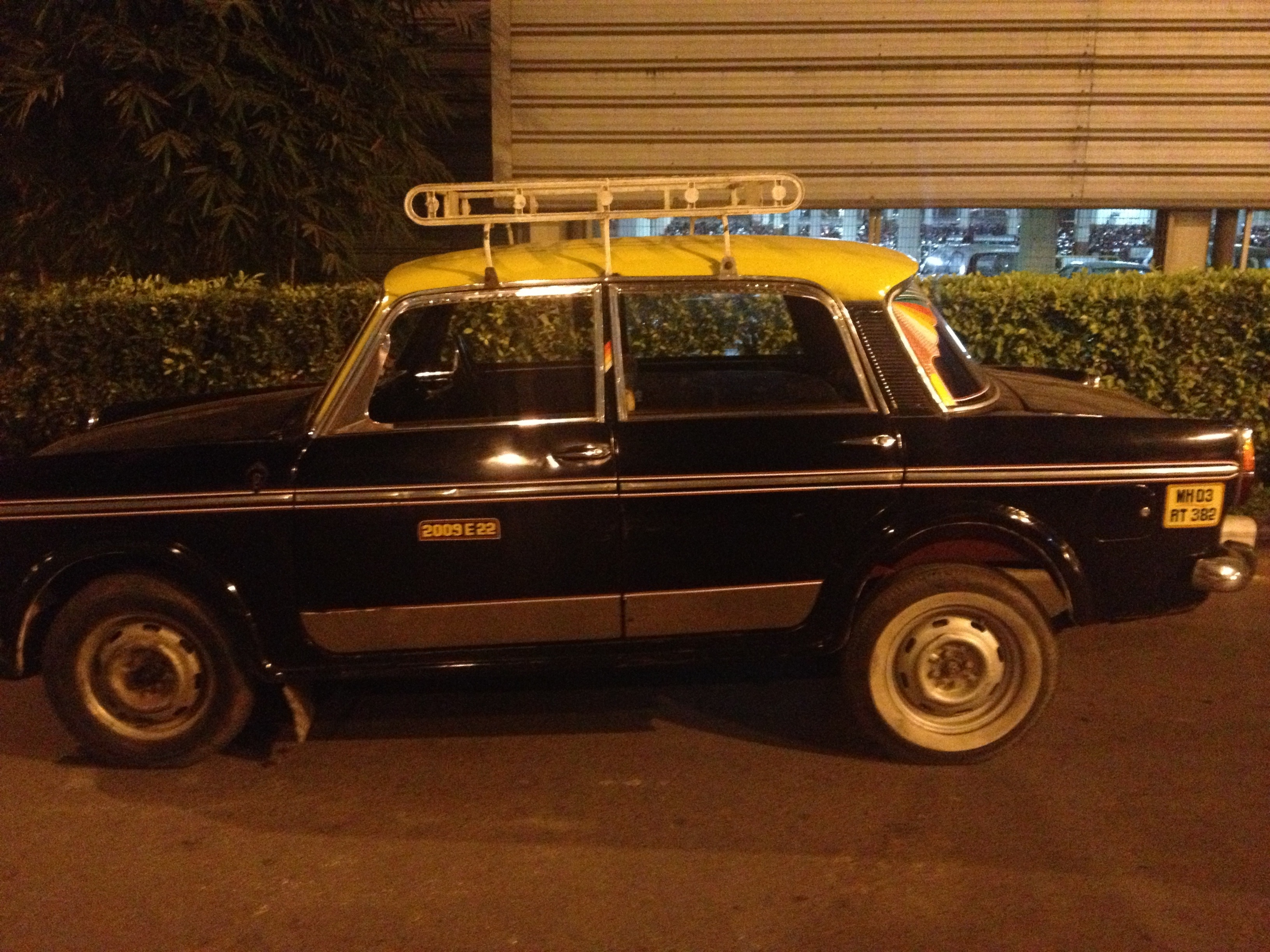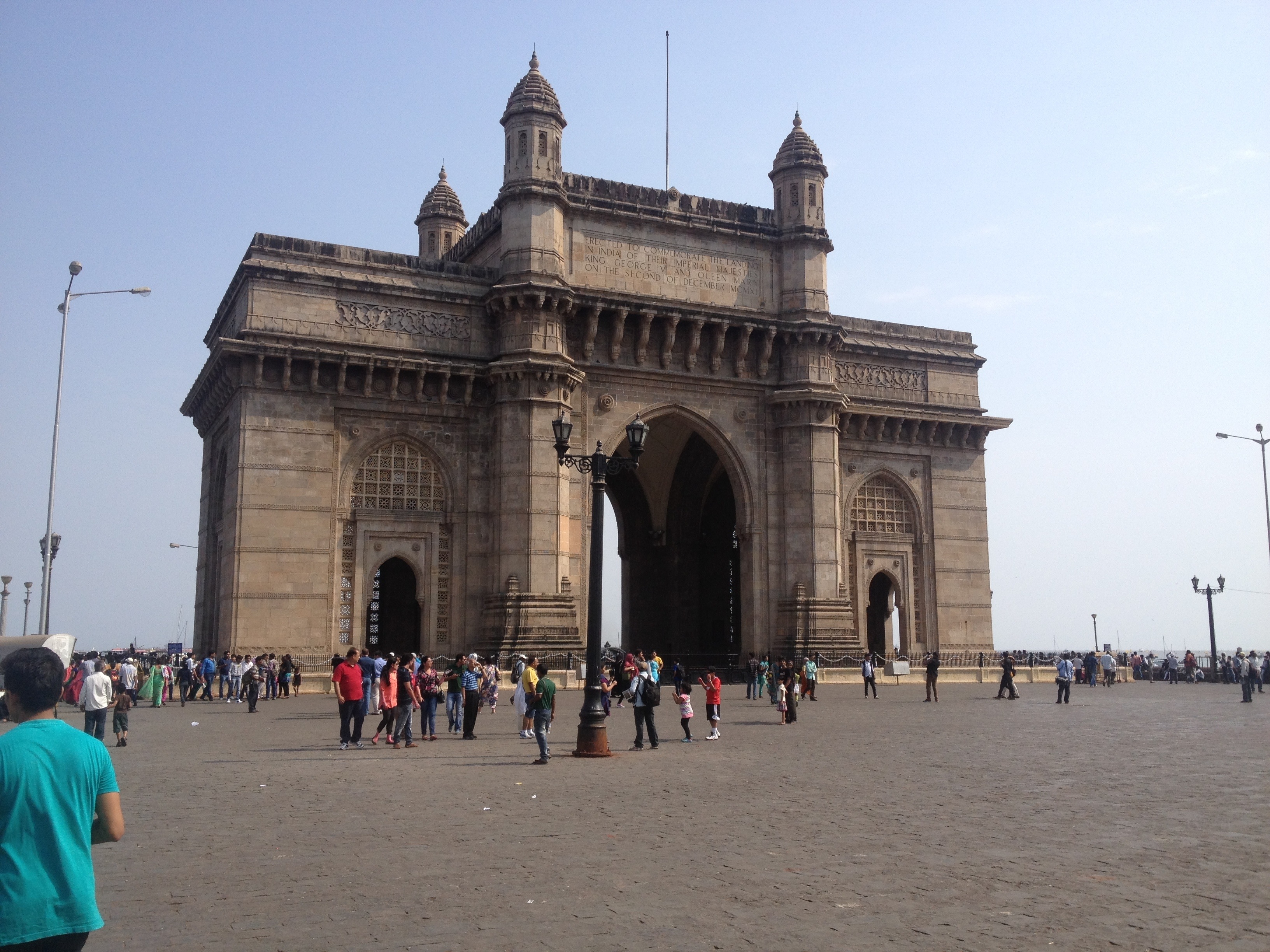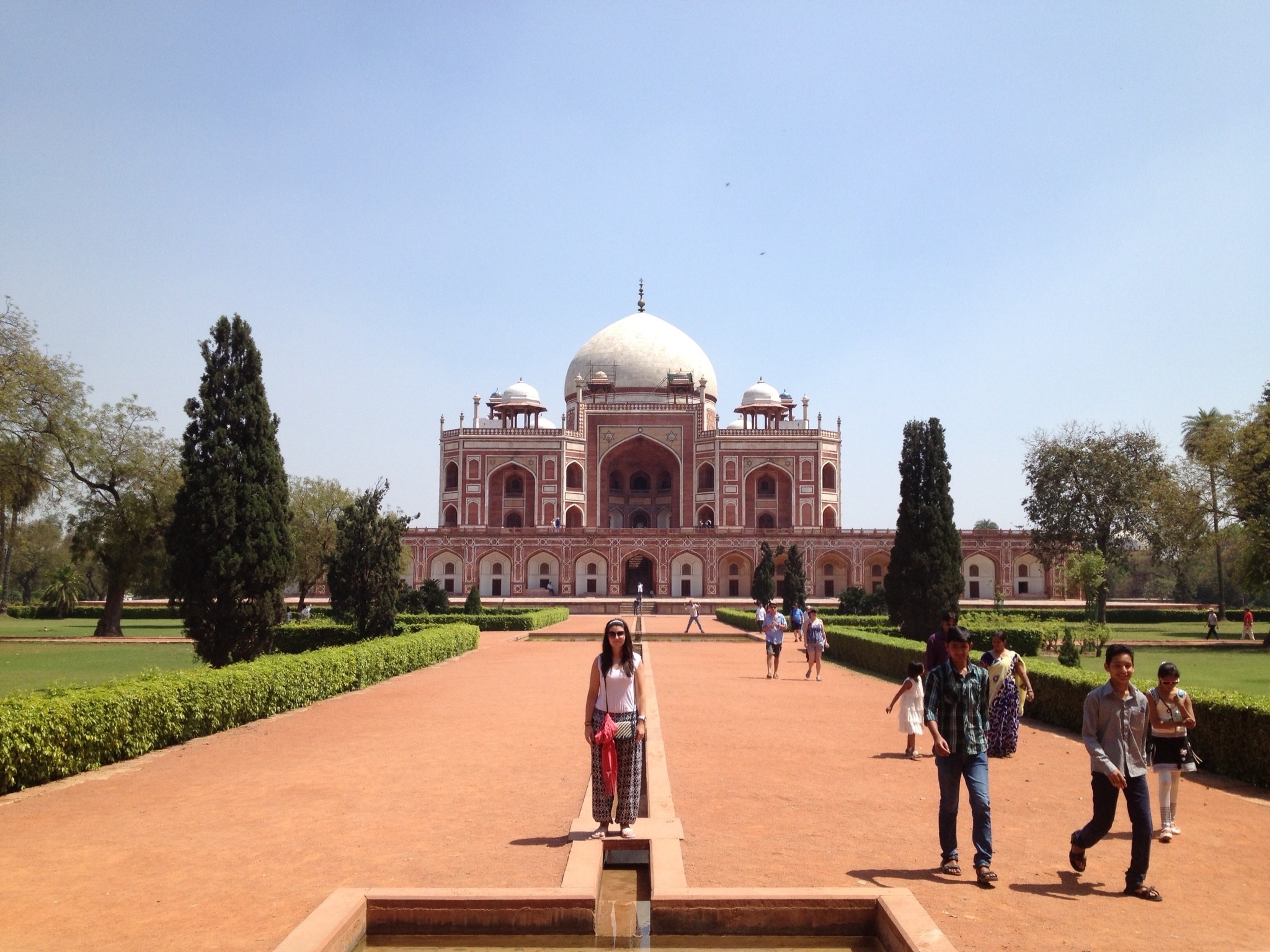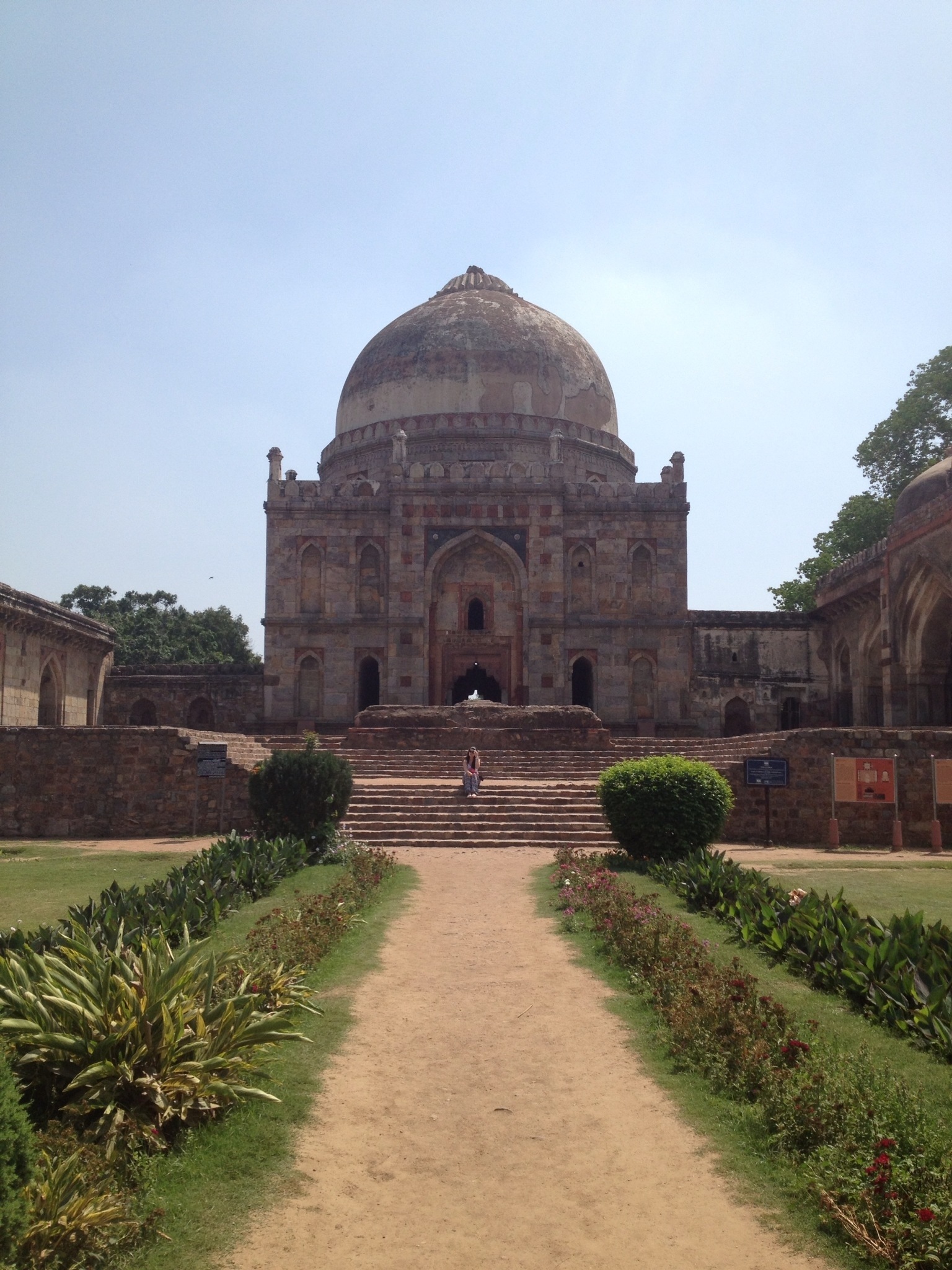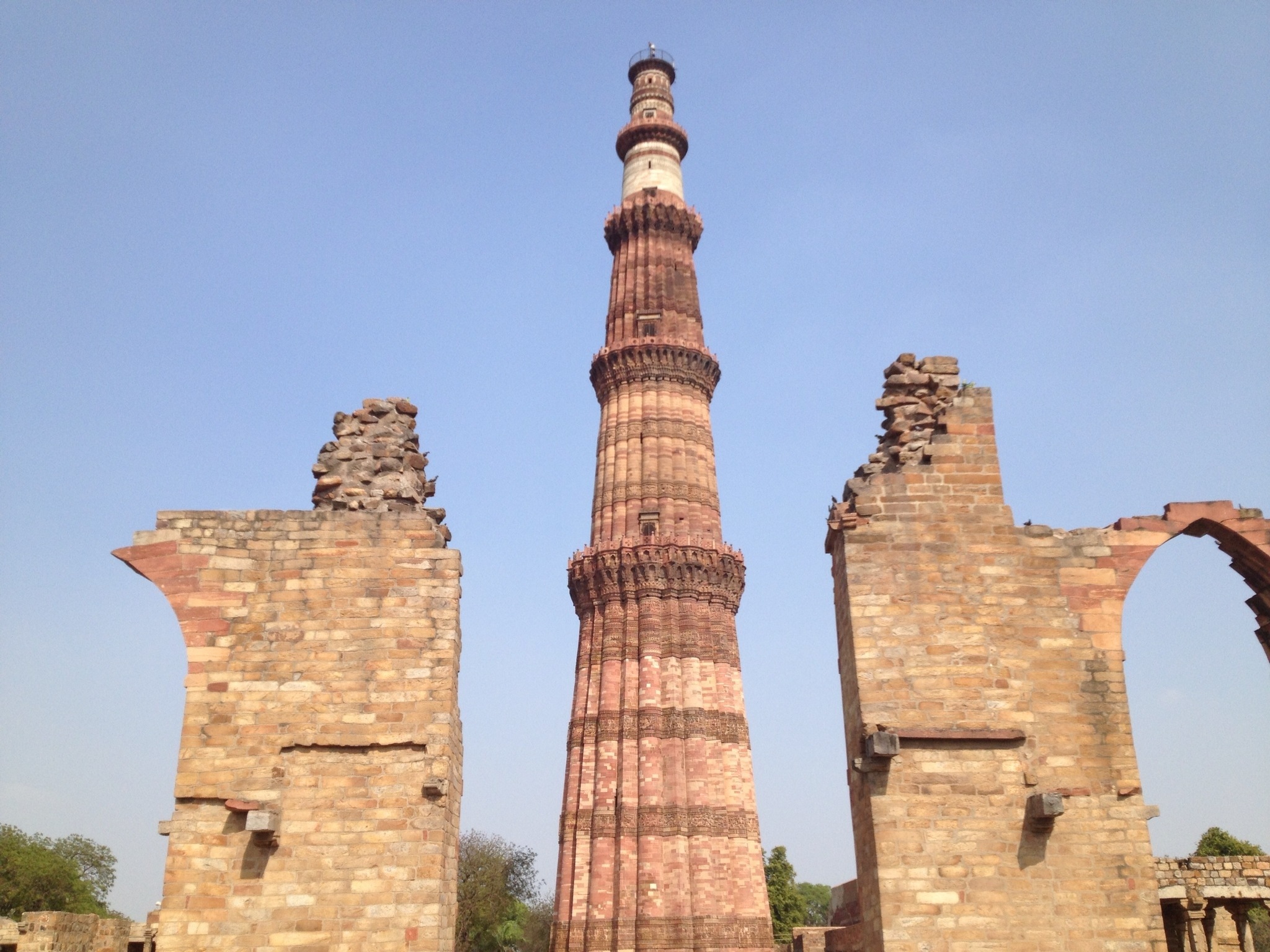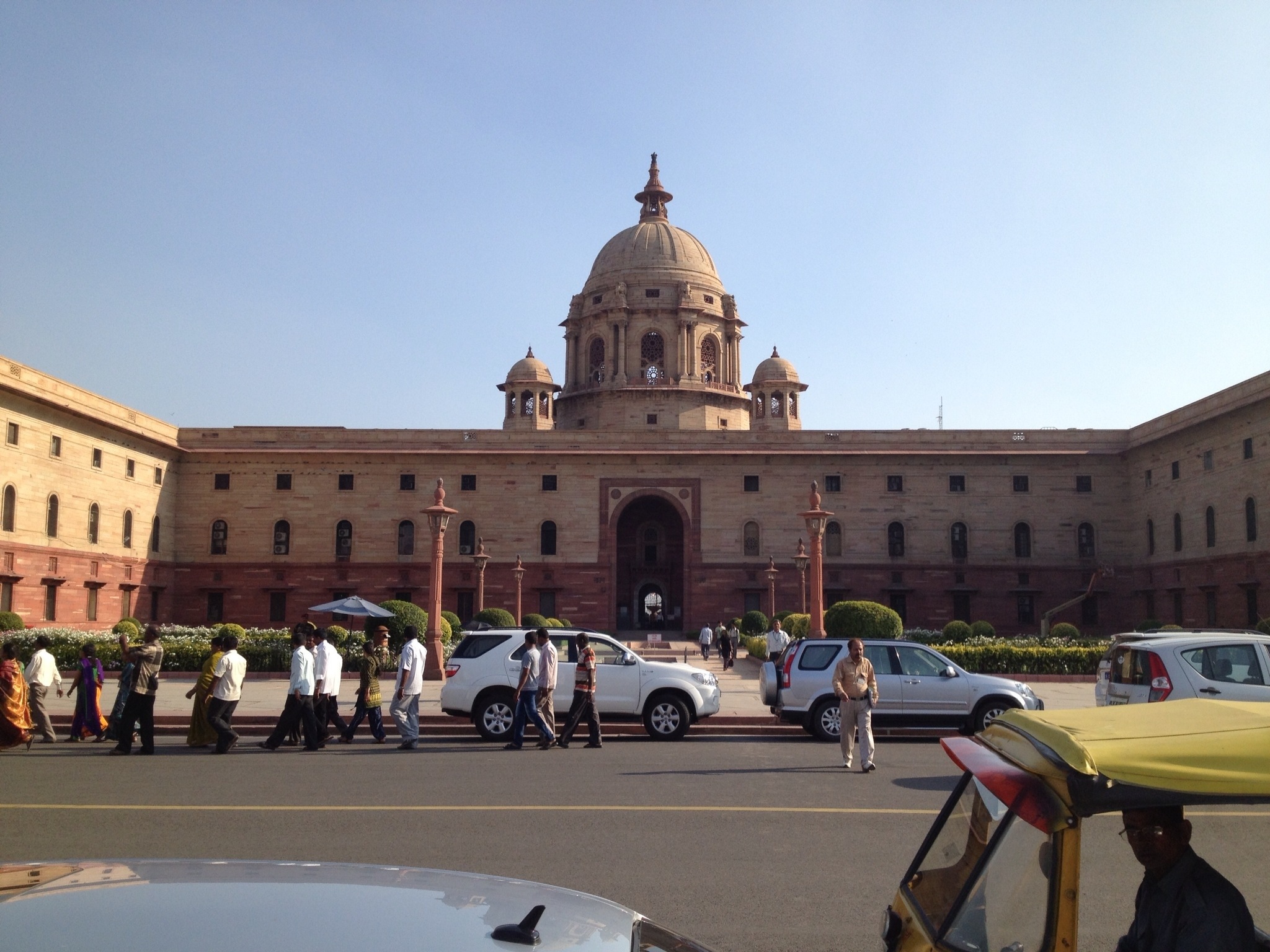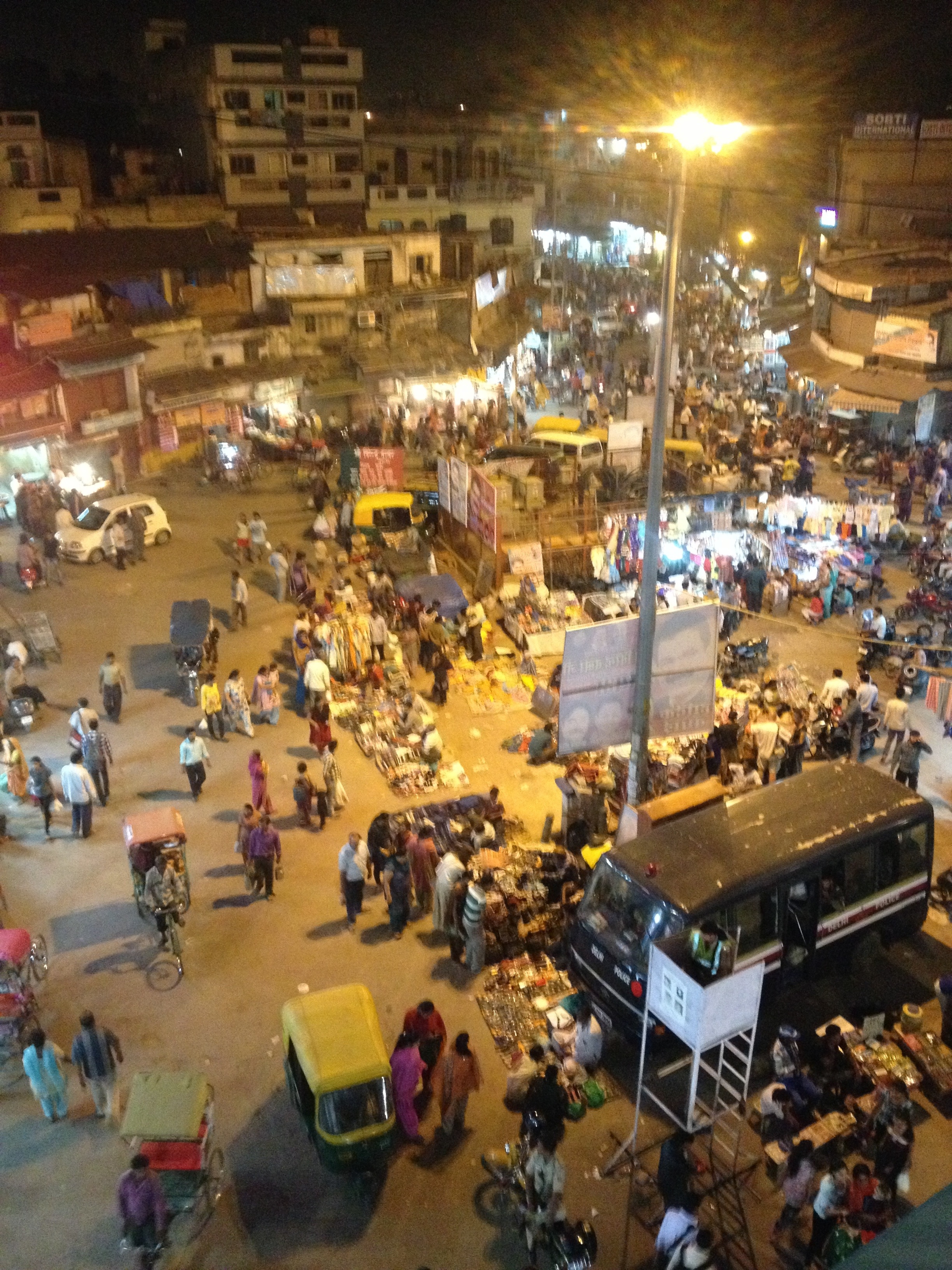India, India, India, India
My flight from Bangkok to Mumbai, via Colombo, Sri Lanka, was short and easy (in comparison with my 9 hour wait at Bangkok airport anyway) and I was soaking in Indian culture the moment I stepped off the plane, even for 2am.
The passport security ‘queue’ was just a huddle of people, most of which had no interest in their own or anybody else’s personal space, waiting to move forward towards a number of counters, all of which bore a sign saying “Indian Passport”, but were in fact for anybody. Then on to the baggage reclaim where the screen showed the incorrect conveyor belt number and my luggage came back in 2 pieces. (Don’t worry. It’s supposed to do that. It just wasn’t like that the last time I saw it.)
I can’t help but smile to myself. Welcome to India!
I made my way to the prepaid taxi counter. “AC or Non-AC?” I am asked. “Non-AC” I reply confidently. I am given a four-digit number and sent outside in search of my cab. I am greeted by lines and lines of black and yellow “bumblebee” taxis and scores of shouting men. Someone ‘kindly’ offers to give me a hand finding my cab, the four digits I’ve been given relating to the last four numbers of the taxis registration plate. We find our man and I tell him where I need to go. “Hotel Windsor, please!” The ‘kind’ stranger asks for a tip.
After a few minutes driving, we’re stopped at some traffic lights by a long haired guy driving a motorbike. The can driver and him exchange some words in Hindi (…or maybe Maharati; I can’t be sure as I’m not fluent in either by this point) and then the biker turns to me:
“How are you enjoying India, my friend?”
“I’m having a great time. I’ve only been here 2 hours though” I reply, feeling slightly threatened given that it’s 3am
“Welcome to India! Which country are you from? Australia?”
“No. England.”
Little did I know that this would be a conversation I would be repeating a number of times over the next 2 weeks. This would normally be followed by a variation of the following;
“Very nice. I have cousins in Birmingham / Nottingham / London” and on one particular occasion “I just recorded my new song in Richmond with Snoop Dogg!”
Course you did, Raj! Now hurry up and take us to that ‘government tourist office’ where they’ll sell us train tickets for double the price and try to convince us that the hotel I stayed at the night before has burned down.
After circling the deserted Fort area for some time, we find my hotel and wake the nightwatchman who is sleeping on the floor on a blanket. I’m shown to my room, and two more people ask for a tip. No chance.
I wake up in time for breakfast and meet some English guys who are heading to Elefanta Island for the afternoon. I team up with them (Tommy, Stuart and Harry) and we head out on a boat from the ‘Gateway to India’ to the Hindu caves on the island.
After an eventful and sweaty first day, I head back out to the airport to collect Amy, and our two and a half week adventure begins.
Day 1: Mumbai.
Being that I am now a fully fledged expert after my 1 day in the city and 300 pages of Shantaram, I expertly hail a cab outside the hotel and say, in fluent Hindi “Namaste. Colaba. On the meter. Challo.” Hello. Colaba. On the meter. Lets go. Amy is clearly very impressed with this, even if she doesn’t say so.
We head straight down to the Gateway to India again and have a wonder around Colaba, the tourist area of Mumbai, taking in Regal Circle, the Taj Palace hotel, the police HQ, Prince of Wales Museum and other well known Colaba buildings. We then head for some beers at Leopold’s, a bar which appears heavily in the book we’re both reading.
As it’s Amy’s first night, we decide to grab some food at a decent restaurant; the highly recommended Khyber, and we spend a grand total of £24 on the best meal either of us have ever eaten, plus beers.
Day 2: Mumbai
Today we meet Raj, as mentioned above, and purchase our expensive train tickets. Lesson learnt! We (sort of) followed the Lonely Planet Heritage Walk, stopping regularly to engage in a similar chain of conversation to that given above. Then we head out along Marine Drive to Chowpatty Beach (or Beach Beach, when translated to English) and watch the sunset into the smog that blurs the Mumbai skyline.
Day 3: Mumbai – Delhi
We take a wander up to Victoria Terminus, now been renamed Chhatrapati Shivaji Terminus (or CST), apparently the busiest train station in the world and similar in style to London’s St Pancras, before we head over to Mumbai Central for our night train to Delhi. On the way out we get accosted for a taxi by Mr Bali, the self-proclaimed, best English speaking taxi tour guide in Mumbai! He gets our attention when he knows the exact time, number, platform and name of the train service we are getting that afternoon, and we decide to give his tour a go. Apparently, on a Sunday you can see in 2 hour what it takes 8 hours to see during the week. He promises to get us to our train on time at least anyway.
He takes us on a tour which included Marine Drive, Hanging Gardens, a Jainist temple, Mahatma Gandhi’s house and 1000 washer women (although there weren’t many there when we arrived), and shows us along the way (I’ll say these in English so you can all understand) the hair cut wallahs, water wallahs, ice wallahs, ear cleaning wallahs and many other sights “you can only see in India!” He makes us take lots of photos of people who clearly don’t wish to have photos taken of them. He also introduced us to the best Masala Dosa in Mumbai, at the Hanging Gardens.
He gets us to our train on time, he earns a 200 rupee tip (he calls me a lollipop tourist – I’m still not sure what that means) and we walk half the way to Delhi to find our carriage on the never ending platform.
Day 4: Delhi
We arrive in Delhi at around 8am after quite a comfortable nights sleep in the 3-tier AC carriage and check into a hotel on the main bazaar. We’re greeted by a the stoned manager who can’t type my name despite having my passport in his hand. We agree to sort out all the check in business at some later stage.
We head out into the main bazaar and jump in a rickshaw to Humayan’s Tomb. Once there, the driver, Ashkar, offers us a tour, similar to Bali’s but all day, taking in more sights and for less money. We agree. And we spend the day seeing;
Humayan’s Tomb
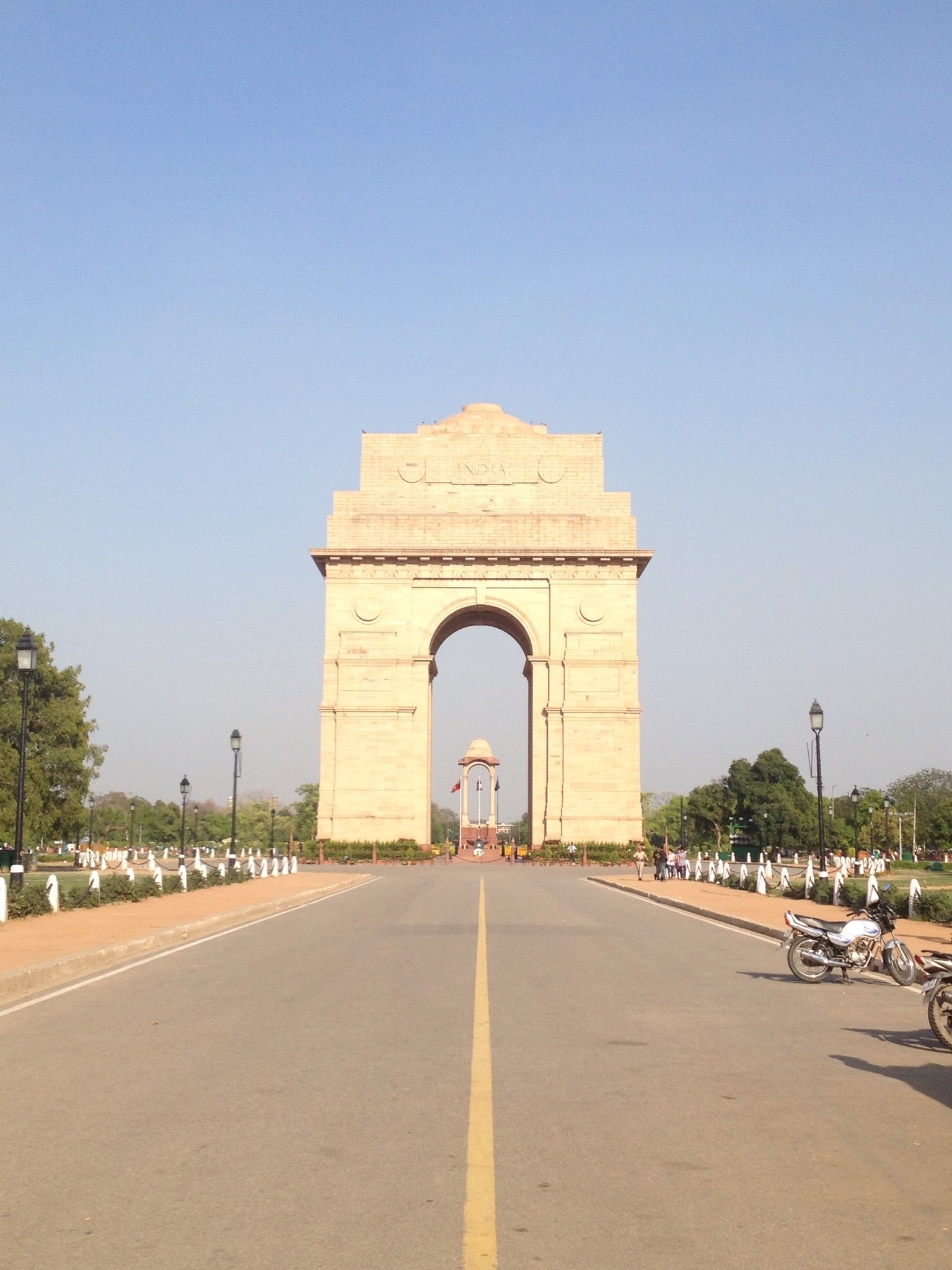
…and a Hindu temple (no photography allowed!
Once our tour is over we have a wonder around the main bazaar area of Delhi and soak up some real Indian atmosphere. We find a rooftop restaurant close to our hotel an discuss what we’ve thought so far.
The one thing that strikes me about India is the difference in how the people may appear to a westerner from afar, compared with how people actually are.
When you arrive in India, you see hundreds of people pushing down a street barging and bumping each other, cabs, rickshaws, motorbikes and buses incessantly blowing their horns and finding lanes in traffic that don’t exist, shop owners shouting for your business, people asking you we’re you’re from and welcoming you to India like it’s the start of some sort of scam the guide books warn you about. It’s all, well, just a bit much I suppose.
But after a few days you realise. That’s not what India is at all. People are pushing and shoving down the street because they have to get somewhere, and there’s a lot of people in the way, walking slowly. All the horns you hear aren’t at all aggressive, they are a friendly reminder “I’m right behind you, watch out!” to avoid any unnecessary collisions. Yes, the shop owners are shouting at you, but generally you say “naahi” No, thanks and they leave you alone – of course they want your business: you’re white and rich! And everyone else is just genuinely interested in where you’re from and wants to make sure that you’re enjoying India as much as you should be, as long as you aren’t too precious about your own personal space.
One of the characters in Shantaram puts it quite well. Didier, a drunken, French expat, sits at a table in Leopold’s and asks the group to imagine if they replaced all the Indians in this country with Frenchmen, or Brits, or Aussies, or… Well, it doesn’t really matter. Any other nationality. It wouldn’t work. There’s over a billion people here. Something like 12 million people just in Bombay [check that!] – and it’s not really that big. We all know what happens when you put too many Englishmen in a room together, or even on a road together, it’s carnage. Aggressive, abusive, angry carnage.
India is different. It’s beautiful, the people are amazing. They have no contempt for one another. It’s like they are constantly looking out for each other, whilst still trying to make it to the traffic lights an inch in front of the taxi to the left. And why shouldn’t those two be compatible? You can still try and beat that guy to the lights without getting angry at him, can’t you?
To (probably mis-)quote something else from Shantaram;
“…and as every Indian will tell you, love may not have been invented in India, but it was certainly perfected here.”
Enough waffle. I’m going to investigate what all those gun shot sounds are on the balcony. Ahh, wonderful India.
I’ll carry on with this tomorrow.
(Don’t worry. I think they’re fireworks.)
Posted from .
